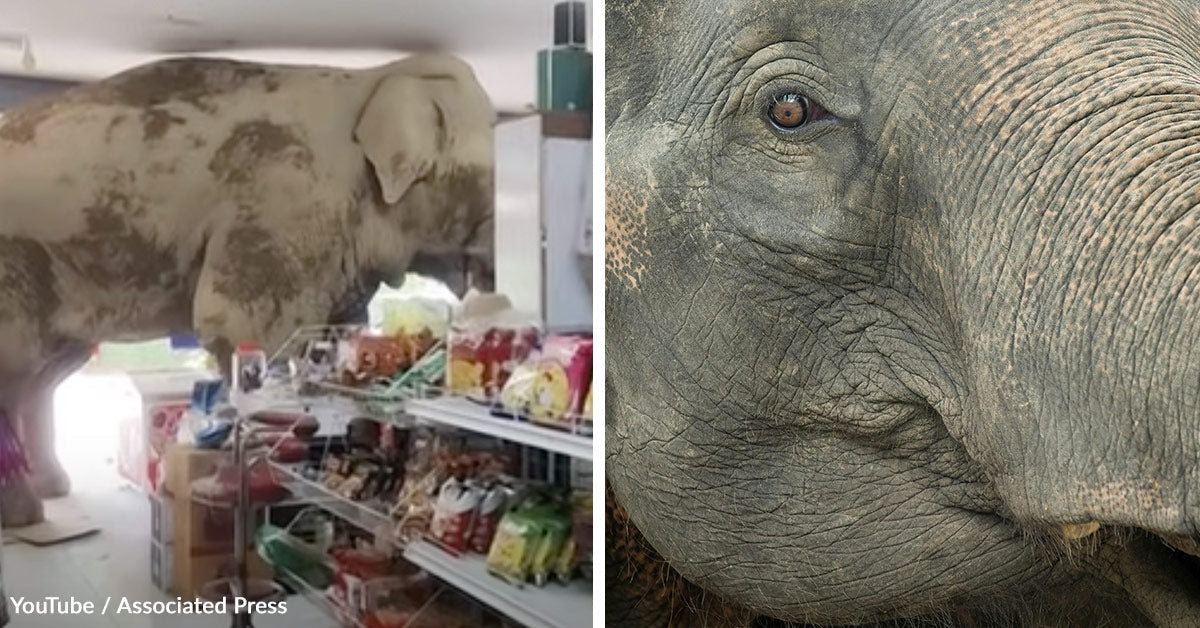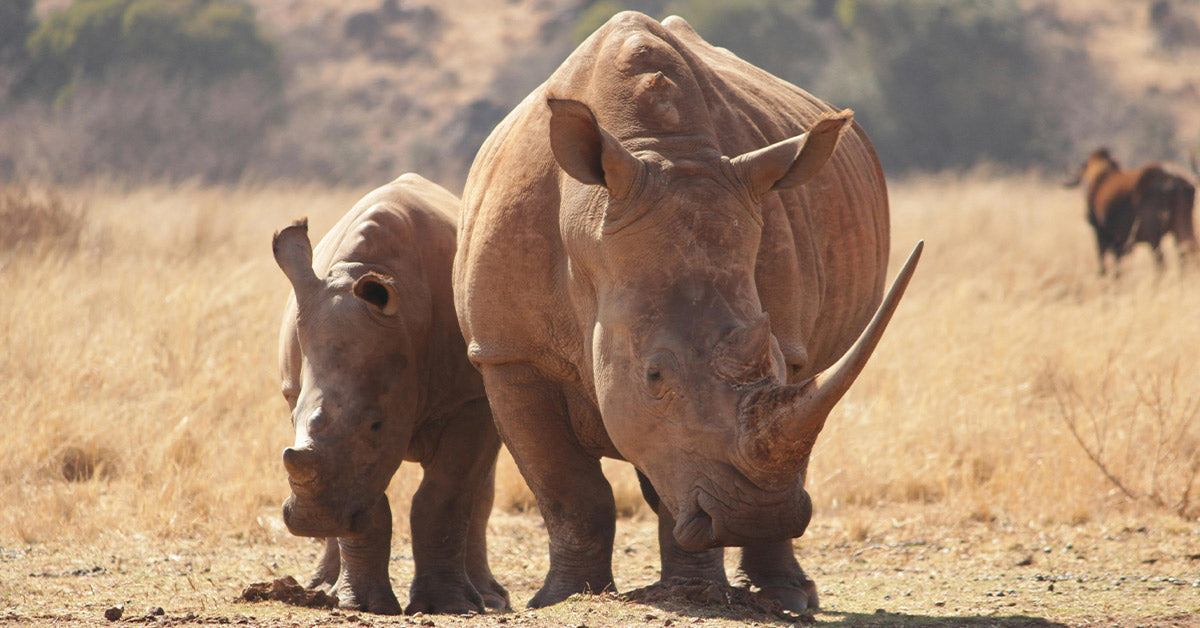Hungry Wild Elephant Raids Store and Walks Out With Snacks

Plai Biang Lek didn’t knock. He didn’t need to.
The 30-year-old wild elephant wandered straight out of Khao Yai National Park in northeastern Thailand and ambled into a local grocery store along a main road in Nakhon Ratchasima province. It was just before dawn on Monday, and the towering visitor had one thing on his mind—snacks.
Security footage shows the male elephant pausing briefly at the shopfront before lowering his head and slipping his massive body inside. The footage is surreal: shelves of goods, a quiet street outside, and suddenly, a full-grown bull elephant inside a neighborhood store, casually helping himself to sweet rice crackers and dried bananas.
Kamploy Kakaew, the shop owner, had stocked the treats that morning.
“He ate about nine bags of sweet rice crackers, a sandwich, and some dried bananas,” she told ABC News. The elephant appeared calm throughout the incident and left the store unharmed, with a snack bag in his trunk and a few muddy footprints on the floor.

A wild elephant entered a Thai grocery store and raided the shelves for snacks.
A Familiar Face on an Unfamiliar Mission
Plai Biang Lek is no stranger to locals. He’s well known among park rangers and volunteers who often see him roaming near the boundaries of the protected forest.
Danai Sookkanthachat, a volunteer who’s tracked the elephant for years, said it’s not unusual to spot him near human settlements.
“He has been known to enter people’s houses in search of food,” Danai told AP News. “But this is the first time I’ve seen him walk into a grocery store.”
He noted that after leaving the shop, Plai Biang Lek wandered to another house and opened a bedroom window—likely still scouting for more food.
Despite the chaos an elephant might cause inside a small shop, the situation ended peacefully. There were no injuries and minimal damage. For Kamploy, the event was more surreal than scary. Her laughter in the video posted afterward suggests this wasn’t her first wildlife encounter—but certainly her most dramatic.

Photo: YouTube / Associated Press
The elephant, known as Plai Biang Lek, lives near Khao Yai National Park.
Wild Elephants on the Move
Incidents like this are becoming more common across Thailand.
According to Thailand’s Department of National Parks, Wildlife and Plant Conservation, there were roughly 4,000 wild elephants in the country as of 2024. Their traditional foraging grounds are shrinking. Expanding agriculture and development projects continue to chip away at their forest homes. As forests recede, elephants are forced to venture further into villages and towns in search of sustenance, KSL.com reports.
Danai said that while elephants have long raided outdoor kitchens, their behavior is shifting.
“This year, I’ve started seeing them going into more random places,” he said.
Grocery stores, apparently, are now fair game.
It’s a dangerous pattern. While Plai Biang Lek’s snack attack ended with some amusement and viral video clips, other encounters across Southeast Asia have turned deadly—both for humans and elephants. Conservationists fear that without solutions, tensions between people and wildlife will escalate.
Coexistence or Conflict?
Thailand’s relationship with elephants is complicated. They are revered in cultural traditions and serve as national symbols, yet the daily reality of cohabitation is fraught with risks. When elephants wander into farmland or communities, they can damage property, disrupt livelihoods, and put lives at risk.
At the same time, elephants themselves face dangers. When they cross roads or eat from human garbage, they risk accidents or sickness. Efforts are underway to improve wildlife corridors and reduce human-elephant conflict, but progress is slow and the pressure on the animals continues to mount, WhoWhatWhy notes.
The story of Plai Biang Lek is a snapshot of this broader struggle. He didn’t hurt anyone. He didn’t smash the place. He just wanted a meal.
But the fact that a wild elephant can walk into a store, without panic or surprise from locals, says as much about the normalcy of these encounters as it does about the diminishing space left for Thailand’s elephants.




